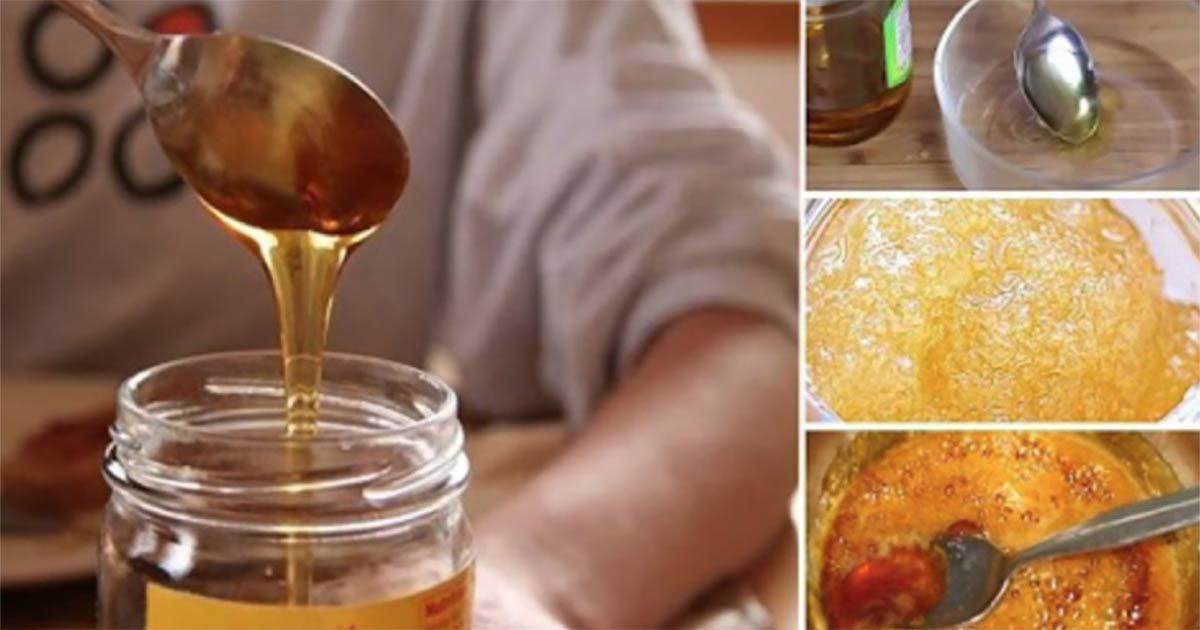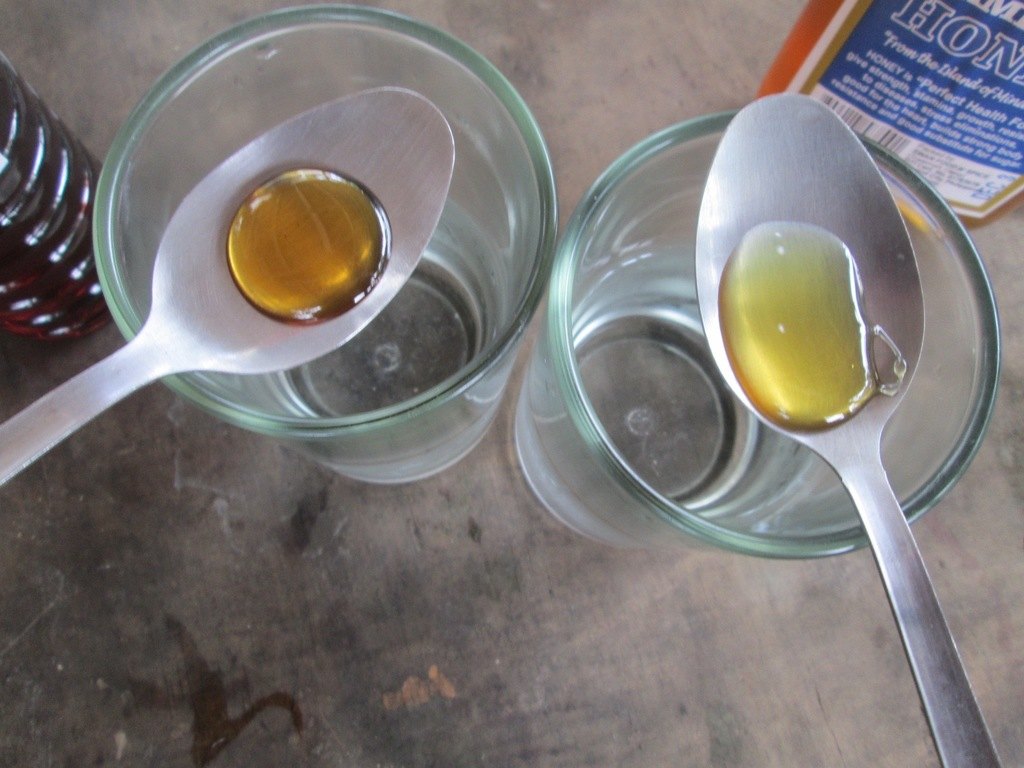How to Detect Fake Honey?

Unfortunately, there are countless types of fake honey on the market. Their misleading labels claim they are organic, pure, and raw. Plus, their low price will always convince people into buying them. That is why it is important to pay attention to all the signs.
According to some records, 75% of all the honey in the markets is fake. In fact, it is heavily processed and contains various impurities.
But, manufacturers claim that the process is crucial for making the honey last longer and avoiding crystallization. However, that is not true. Real honey can last for even decades without processing and added chemicals.
Real honey will last for a lifetime. Furthermore, it is normal for honey to crystalize, since pure, natural, and completely organic honey will always crystalize with time.
Furthermore, manufacturers remove the pollen in the honey to prevent it from crystallizing. This destroys all the health benefits the honey has.
However, some researchers claim that the real reason why manufacturers process honey is to hide its origin. For example, the honey processed in China contains illegal antibiotics and even metals that they can hide during filtration.
Another reason why they process honey is to make it more available to the general public and increase profits.
How to Spot Fake Honey
If you want to avoid heavily processed and filtered honey look for the one who WILL crystalize. Raw and pure honey crystallizes over time. And that is completely normal. If it doesn’t crystalize, it means that the honey has been processed.
Therefore, read the labels before you try to purchase honey. Stay away from the labels that say:
- High fructose
- Corn syrup
- Commercial glucose
These are all clear signs that the product you are trying to purchase is not pure honey. Instead, it is a cheaper, modified, and filtered version of a fake product.
Test No. 1
This is the first test with which you can spot fake honey.
Start by filling up a glass of water. Next, add a tablespoon of honey and see how it will or will not dissolve. If the honey starts to dissolve immediately in the water and it swirls around the glass, it means that the honey is fake.
However, if it settles at the bottom of the glass, it means that it is completely pure. In addition, pure honey can’t dissolve that easily. It will take a couple of stirring to dissolve.
Test No. 2
For this test, you will need a matchstick. Dup it in honey and light it. If the honey won’t light it means it is fake. Fake honey contains moisture due to the filtering, processing, and impurities. However, pure honey will always light up with ease.
Plus, the flame will keep burning it off.
Test No. 3
In a glass of water add a couple of drops of vinegar. Next, add the honey and observe. If the honey starts to foam, it is fake. Fake honey contains plaster which causes such a reaction.
Test No. 4
This is by far the easiest test you can make. If you have two jars of honey, and you want to see which one is pure, add a drop of each of the honey on a plastic spoon. If the drop swirls around the spoon and spills immediately, it means that the honey is fake.
But, if the drop remains on the spoon, it is pure. Like the picture below. The drop on the left is pure honey, while the drop on the right is fake.
Test No. 5
For this last test, you will need iodine. Add some iodine to a glass of water together with some honey. If the honey changes color and becomes blue, it means that it contains cornstarch.
In other words, it is completely fake and a cheap representation of a wannabe – honey. Therefore, stay away from the honey that will turn blue.




